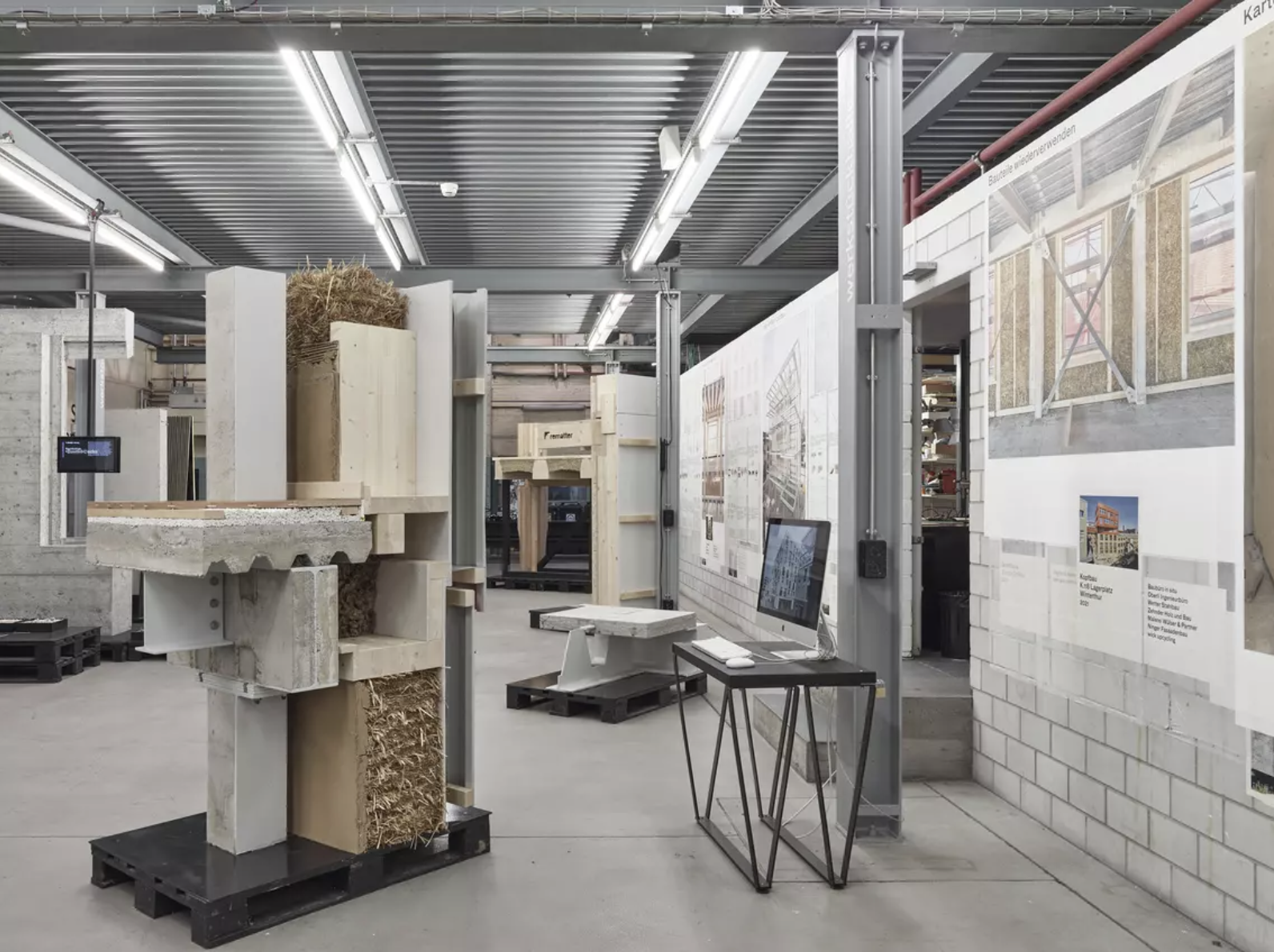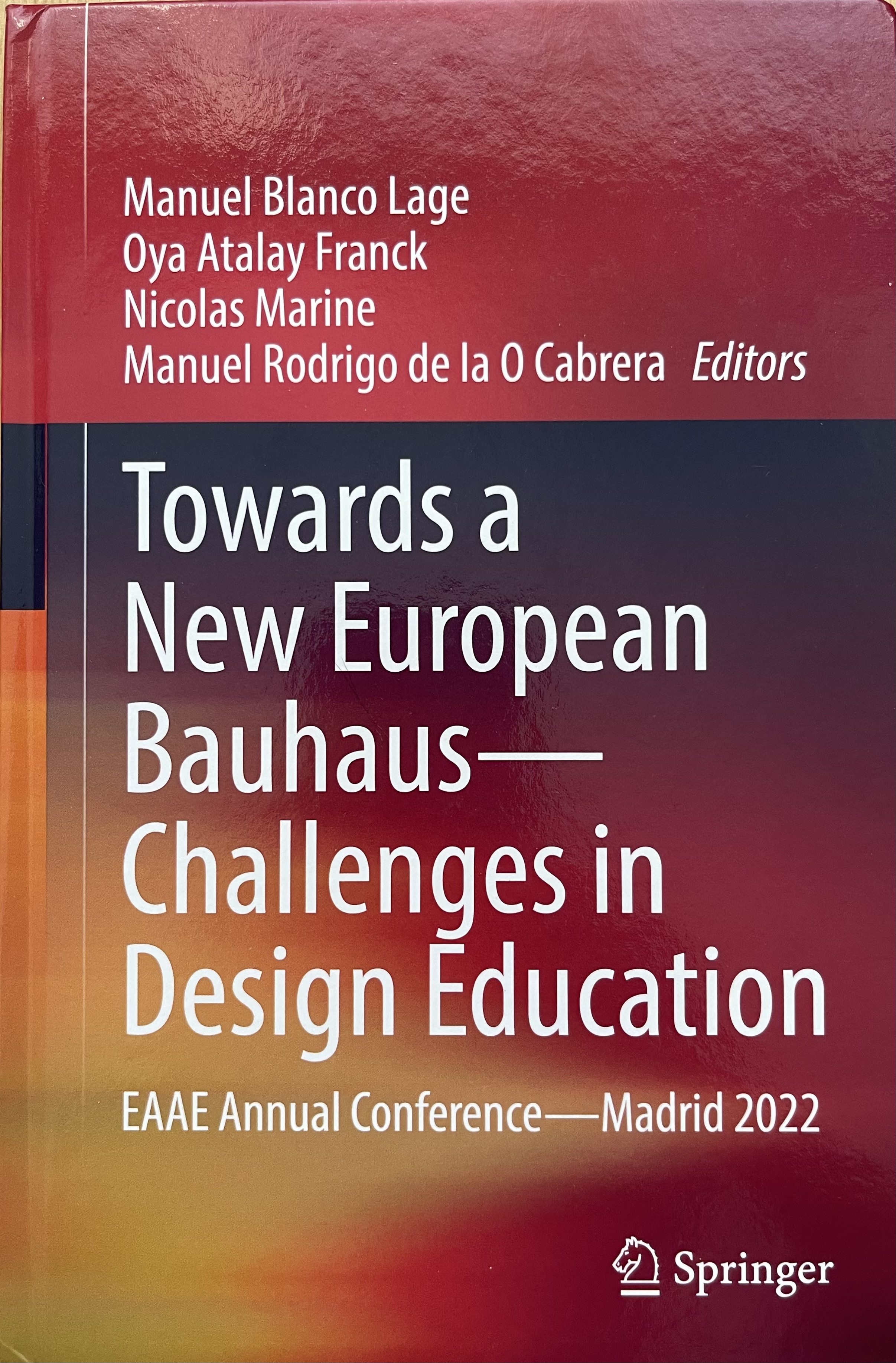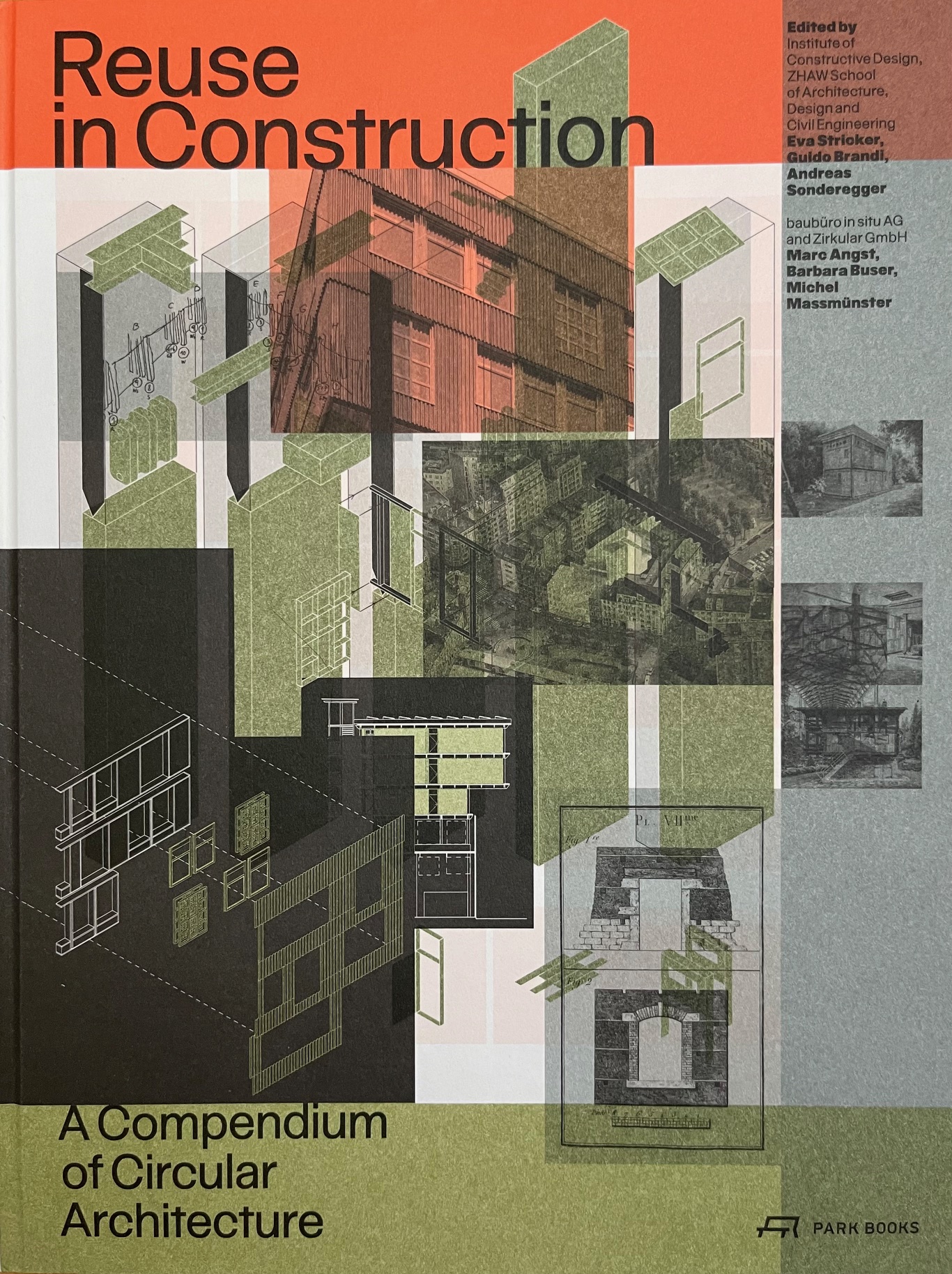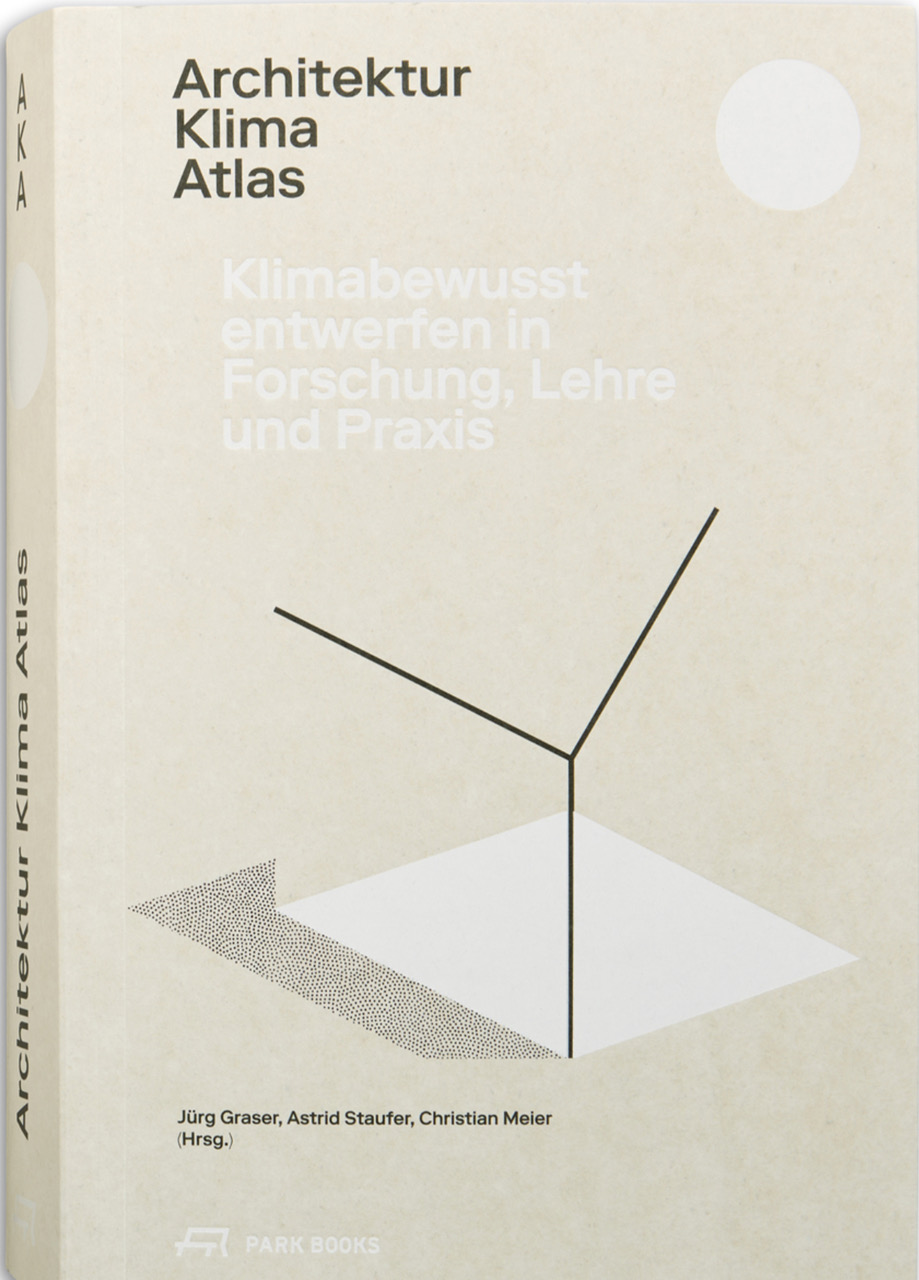Transforming architectural education: Oya Atalay Franck's Perspective
European Association for Architectural Education (EAAE)
Dean of ZHAW and outgoing President of the EAAE, Oya Atalay Franck shares her vision for the future of architectural education and reflects on the transformations she oversaw during her tenure from 2017 to 2024, including the creation of the Pedagogy Awards and the Sector Study.
➔ En français : Transformer l'enseignement de l'architecture: le regard d'Oya Atalay Franck
➔ Auf Deutsch : «Kritischer Optimismus ist von vitaler Bedeutung»
Under the presidency of Oya Atalay Franck, the European Association for Architectural Education (EAAE) underwent a period of significant transformation, driven by a strong desire to adapt architectural education across Europe. During her mandate, the ZHAW Dean, architect, and historian of architecture, notably fostered collaboration between architecture schools and supported a more sustainable and interdisciplinary approach to education. It is under her leadership, together with her team, that major initiatives were launched, such as the Pedagogy Awards, which honor innovative pedagogical projects, and the Sector Study, a comprehensive survey on the state of architectural education in Europe. The EAAE also participates in continental projects such as the EUmies Awards for Young Talents, the VELUX Daylight Awards or the New European Bauhaus Academy (NEBA).
In this three-question interview, Oya Atalay Franck shares her vision on today’s most pressing challenges, particularly those related to sustainability, the evolution of technology, and its integration into pedagogical practices. She also emphasizes the importance of European cooperation in addressing global issues, such as the climate crisis, proposing ways to build a more resilient and innovative academic framework, aligned with the major societal challenges of our time. A concise yet essential interview for anyone interested in the future of architectural education.
As a former president of the EAAE, what do you see as the major achievements of the association during your tenure?
With its mission to enhance the quality of architectural education and research, thereby improving architecture and the culture of the built environment, EAAE serves as the preeminent forum and non-profit organisation in Europe for generating and disseminating knowledge on architectural education and research.
My tenure as president of the association concluded at the end of August 2024 after seven years. This period was marked by intensity, numerous events, and significant challenges, most notably the unintended extension of my term and that of other council members due to the COVID-19 pandemic. The association underwent substantial transformations, with its current status summarized as follows: the EAAE community prospers.
The association is on a solid foundation, enabling us to initiate critical long-term projects such as the new Pedagogy Awards and the Sector Study of Architectural Education in Europe. The Pedagogy Awards honor the relentless dedication shown by educators and researchers in architectural education in their daily pursuits to progress and evolve. The sector study will bridge a crucial gap by enhancing our understanding of educational, research, and service provisions, thereby facilitating better positioning within broader professional practices and policies. Our annual and biennial conferences, with our longstanding partners ACSA (Association of Collegiate Schools of Architecture) and ARCC (Architectural Research Centers Consortium), remain essential platforms for networking and knowledge exchange and also play a key role in augmenting our visibility. Our education and research academies, along with the conservation network, now possess the necessary means for conducting workshops and receive financial support for publishing.
We have cultivated a robust network of partners and alliances: We have fostered collaboration with new academic institutions like ELIA (European League of Institutes of the Arts) and AASA (Association of Architecture Schools of Australasia), while also strengthening ties with significant professional organisations, particularly ACE (Architects' Council of Europe) and UIA (International Union of Architects). Our collaborative efforts include the Joint Awards with ACE, Mies van der Rohe Foundation, and Creative Europe, which celebrate the EUmies Awards for Young Talents, recognising exemplary projects from both European graduates and global talents. Additionally, we partner on the VELUX Daylight Awards and Talks, offering further opportunities to acknowledge student work and contributions from the professional community. Moreover, the NEB Collective 2020 milestone enhanced connections with pan-European organisations representing architects, spatial planners, landscape architects, interior architects, engineers, designers, artists, educators, and researchers of the built environment. EAAE has also become an official partner in pivotal initiatives such as DigiNEB and NEBA (New European Bauhaus).
You led the EAAE during a period marked by rapid transformations in higher education, particularly with accelerated digitalization and impact of ecological standards. How do you see the integration of these topics in architectural education? What are the risks and opportunities?
We face challenges like climate change and AI that threaten our societal foundations. To overcome these issues, collaboration across disciplines is essential.
The theme of this year’s Annual Conference in Münster, “LESS is a MUST!”, reminds us to simplify while embracing diverse perspectives. We need quick, effective solutions.
Critical optimism, without judgment, is vital. As educators and leaders, we must guide students to develop their knowledge, methods, and mindsets for responsible citizenship and professional life.
In today's world, it's not just about contemplating the level of risk we can handle; it involves acting quickly, staying informed, and engaging with various stakeholders to advance with collective responsibility. Therefore, I believe there is a growing opportunity and necessity to develop new educational methods.
As Dean of ZHAW, how do you integrate the missions of the EAAE into the daily operations of your institution? Can you share concrete examples of how this collaboration has impacted your educational programs?
Every architectural school carries distinct origins and traditions, coupled with unique teaching approaches (mostly with the design studio as a core element) and outlooks on the evolving roles of architects. The EAAE's mission to enhance the built environment and ensure sustainability aligns seamlessly with the educational and research objectives of the School of Architecture, Design, and Civil Engineering of Winterthur (ZHAW). These topics have not only formed part of the EAAE’s annual and collaborative symposia series, programs and projects but have also been urgently highlighted in the Deans’ Summits since 2020—where deans from member schools pledged to do everything within their power to combat climate change.
The challenges we face today are formidable, requiring our total dedication to overcome them. The construction and operation of building structures account for approximately one-third of carbon emissions and energy demands, and around half of raw and processed material consumption. Hence, sustainability and climate protection within the construction sector are among the most pressing goals. All of us—educators at architecture, planning, and civil engineering schools, our professional colleagues, and including you—must act in society's service with humility and respect for this significant challenge, yet also with resolve and a commitment to action based on knowledge, innovation, creativity, and ethics.
Since 1874, the ZHAW has emphasized craftsmanship and technology as central to its curriculum and institutional identity. As pioneers and continuous advocates of exemplary architectural, planning, and civil engineering practices, we take pride in equipping our students with the knowledge and dedication necessary to foster a quality building culture. Since 1994, the curricula focus across all study programs and research has strongly been on a holistic approach of sustainable built environment: constructive design, urban landscapes, building technology, and multi-scale processes. While rapid technological advancement outpaces the ability of schools to swiftly alter their structures and curricula, remarkable agency and bold stances can emerge if faculty and students unite in collaboration. This is observed in many schools throughout Europe, and I am proud to affirm that it reflects the position of our school as well.
Prof. Dr. Oya Atalay Franck
BSA/SIA is an architect, architectural historian and educator. She is the dean of Zurich University of Applied Sciences (ZHAW), School of Architecture, Design and Civil Engnieering. She has served as the president of the European Association for Architectural Education (EAAE) from 2017 to 2024.
Related articles
Strengthening collaboration to advance innovation: interview with Roberto Cavallo > English | Français
The challenges of architectural education in Europe according to the EAAE > English | Français
Educating for the future: Patrick Flynn's architecture pedagogical approach > English | Français
About
- Pedagogy Awards: An award recognizing innovative pedagogical projects in architectural education, highlighting the commitment and creativity of educators and researchers.
- Sector Study: An in-depth survey on the state of architectural education in Europe, aimed at improving the understanding of educational, research, and service practices in architecture schools to better position these institutions within professional practices.
- Joint Awards: A collaboration between the EAAE and the Architects' Council of Europe (ACE), notably for the EUmies Awards for Young Talents, which rewards exemplary projects by young graduates in architecture across Europe.
- VELUX Daylight Awards: An initiative recognizing outstanding contributions in architectural design related to natural light, while offering opportunities for dialogue and exchange on the theme of daylighting in architecture.
- DigiNEB: A European program aimed at promoting digital transformation in the built environment sector, particularly in education and professional practices.
- NEBA: The New European Bauhaus Academy initiative focuses on integrating sustainability, aesthetics, and social inclusion into architectural and urban design across Europe.
- NEB Collective 2020: A collaborative project launched in 2020 as part of the New European Bauhaus, aimed at bringing together built environment professionals to promote sustainable, inclusive, and innovative architectural practices at the European level.







